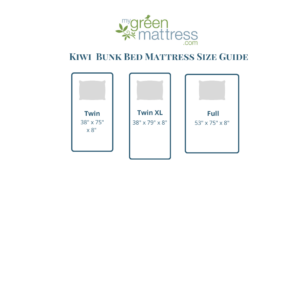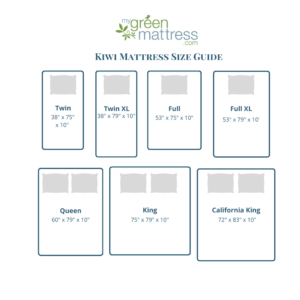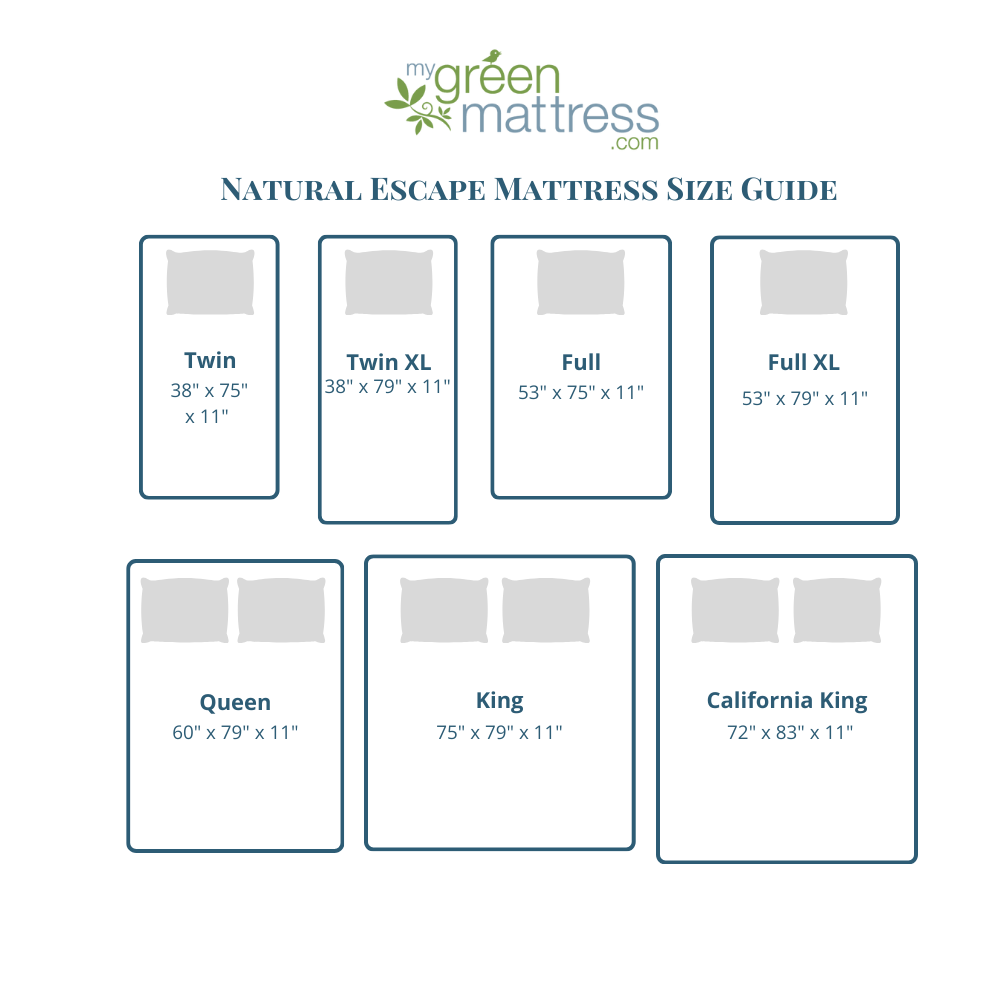One of the most common materials used in mattresses is latex. It provides for a durable, firm and comfortable layer in many mattresses. But what is latex and what kind of latex is the best choice for your mattress? In this article, we’ll explore the difference between organic latex and synthetic latex. Then we’ll discuss why organic latex stands out as the superior option for those seeking a natural, eco-friendly, durable and comfortable sleep surface.
Organic Latex & Synthetic Latex – What’s the Difference?
Organic latex is a natural latex derived from the sap of rubber trees, scientifically known as Hevea Brasiliensis. Organic latex is certified organic by GOLS (the Global Organic Latex Standard) which evaluates farming and manufacturing practices, ensuring that they pass strict quality standards, using only the highest quality natural ingredients.
Although there are two types of natural latex–Dunlop latex and Talalay latex–only Dunlop latex can be certified organic by GOLS. The process of creating Dunlop latex involves harvesting the latex sap, whipping it into a frothy consistency, pouring it into molds, and then baking it. In this way, it is a simpler and more straightforward process, involving fewer additives. Dunlop latex is known for its denser composition, especially at the bottom. This density often results in a firmer feel, making it suitable for those who prefer a more supportive mattress.
Talalay latex is known for its lighter and airier feel compared to Dunlop. The manufacturing process involves vacuum-sealing the latex before baking it, then pushing carbon dioxide through it, resulting in a more consistent and buoyant feel. Although there are certain certifications for Talalay latex to be deemed “natural”, it cannot be GOLS-certified because of some of the extra steps involved in its manufacturing.
Synthetic Latex: A Chemical Process
Synthetic latex, on the other hand, is produced using petrochemicals, a non-renewable resource. It is designed to mimic the properties of natural latex through a chemical manufacturing process. Though synthetic latex can be comfortable to sleep on, many people don’t like the chemical composition of the material and the exposure to chemicals that it entails. Furthermore, synthetic latex tends to be less durable.
Be careful about materials that call themselves “pure latex” or “natural latex.” Unless it is certified organic by GOLS, it may contain some amount of petrochemicals alongside some natural latex. Only GOLS certification ensures that the latex is truly natural.
Why So Many People Prefer Organic Latex
Especially recently, many people have come to understand the difference between organic and synthetic latex, and have begun to grasp the benefits of organic latex. Here are a few of the reasons why so many prefer organic latex to synthetic.
- Environmental Sustainability:
Organic latex is derived from the sap of rubber trees, making it a renewable and sustainable resource. The cultivation of rubber trees involves minimal environmental impact, and these trees play a crucial role in absorbing carbon dioxide, contributing to a healthier planet. In contrast, synthetic latex is produced using petrochemicals, which are non-renewable and contribute to environmental pollution. - Chemical-Free Comfort:
One of the primary advantages of organic latex is its purity. The production process for latex involves minimal additives and chemicals, ensuring a mattress free from harmful substances. This is particularly beneficial for individuals with sensitivities or allergies, as organic latex is naturally hypoallergenic. Synthetic latex, on the other hand, may contain chemical components that some people may find irritating. - Natural Firmness and Support:
Organic latex has a naturally dense and supportive structure, providing an excellent balance of firmness and comfort. Latex is a miraculous substance, having been used extensively in mattress-making since the 1920s. - Breathability and Temperature Regulation:
Organic latex has inherent breathability, allowing air to circulate through the mattress. This natural ventilation helps regulate temperature and prevents the mattress from trapping heat. This is particularly advantageous for individuals who tend to sleep hot or live in warmer climates. Synthetic latex may not possess the same breathability, potentially leading to discomfort for those who are heat-sensitive during sleep. - Eco-Friendly Certifications:
Many manufacturers of organic latex prioritize eco-friendly practices and hold certifications that validate their commitment to sustainability. Look for certifications such as Global Organic Latex Standard (GOLS) or OEKO-TEX Standard 100 when selecting an organic latex mattress. These certifications ensure that the latex is sourced responsibly and meets stringent environmental and social criteria.
When it comes to choosing a mattress, the benefits of organic latex over synthetic latex are clear. From environmental sustainability and chemical-free comfort to natural firmness and breathability, organic latex provides a holistic and superior sleeping experience. Investing in a mattress made from organic latex not only supports your well-being but also contributes to a healthier planet, making it the preferred choice for those seeking quality and sustainable sleep solutions.
Check out our organic latex hybrid mattresses here.









